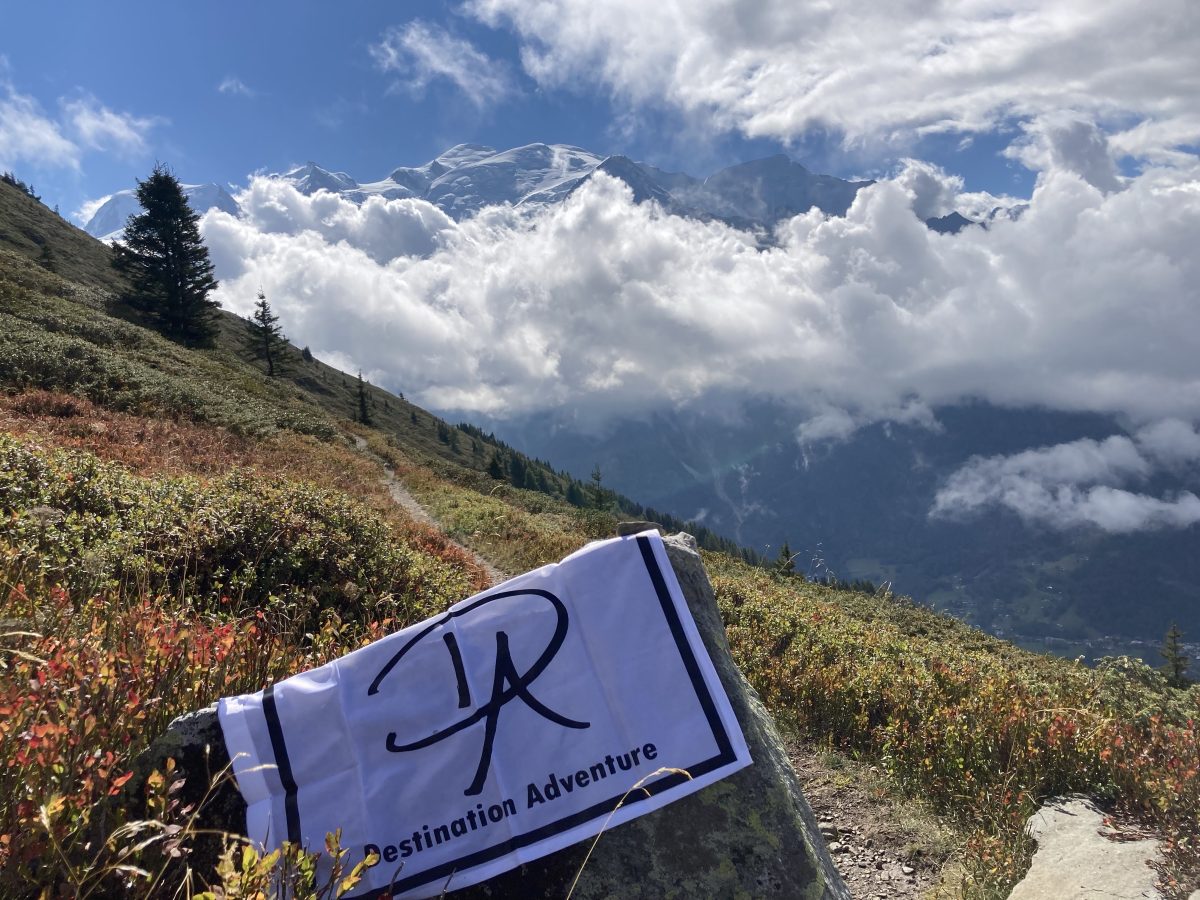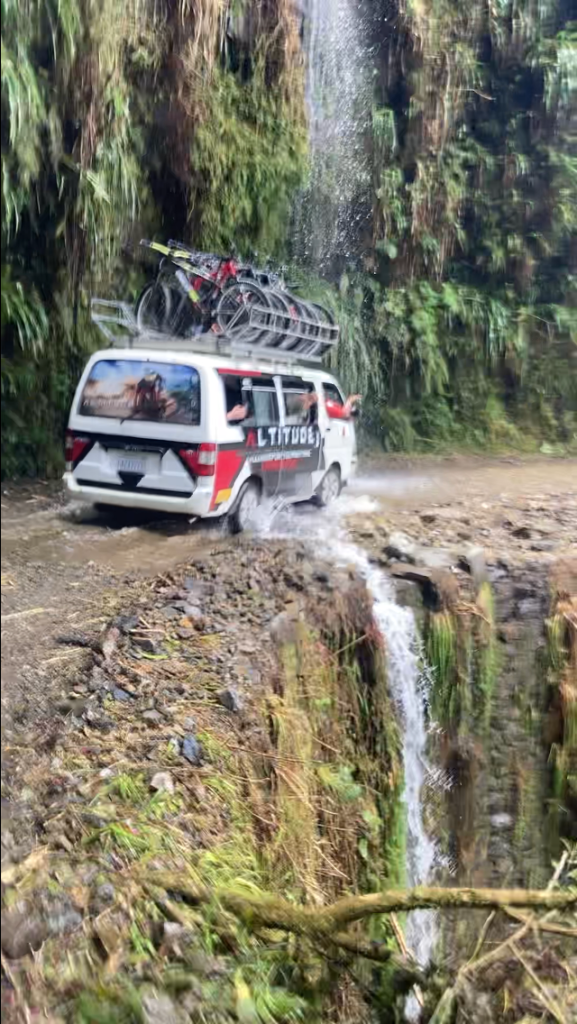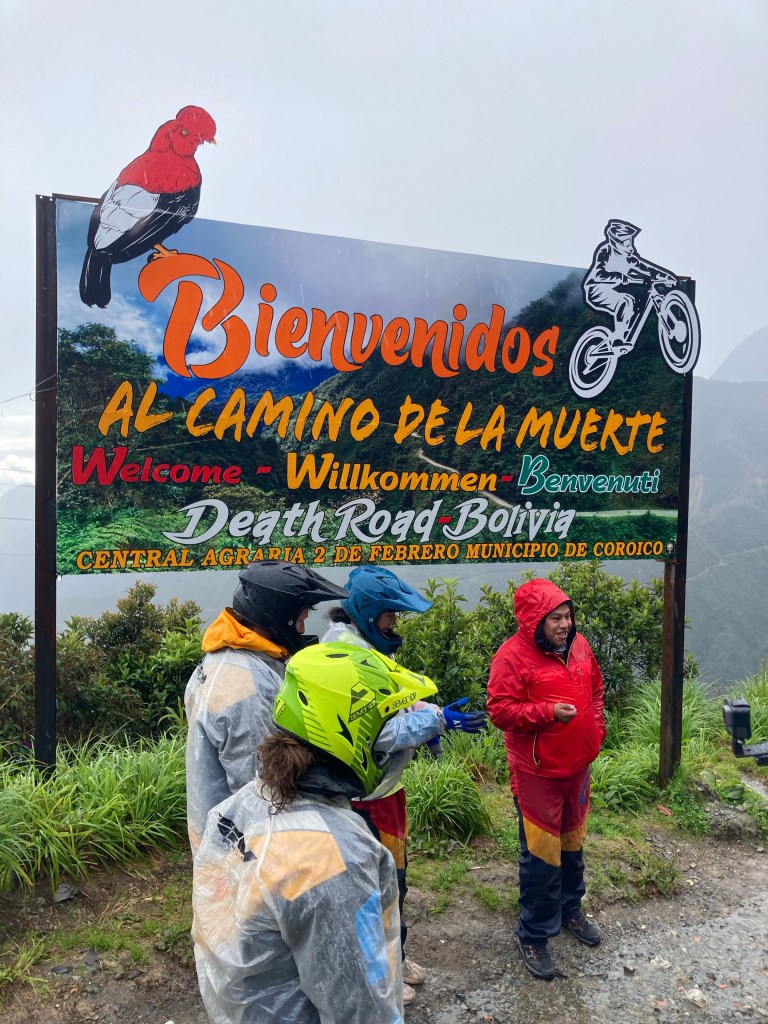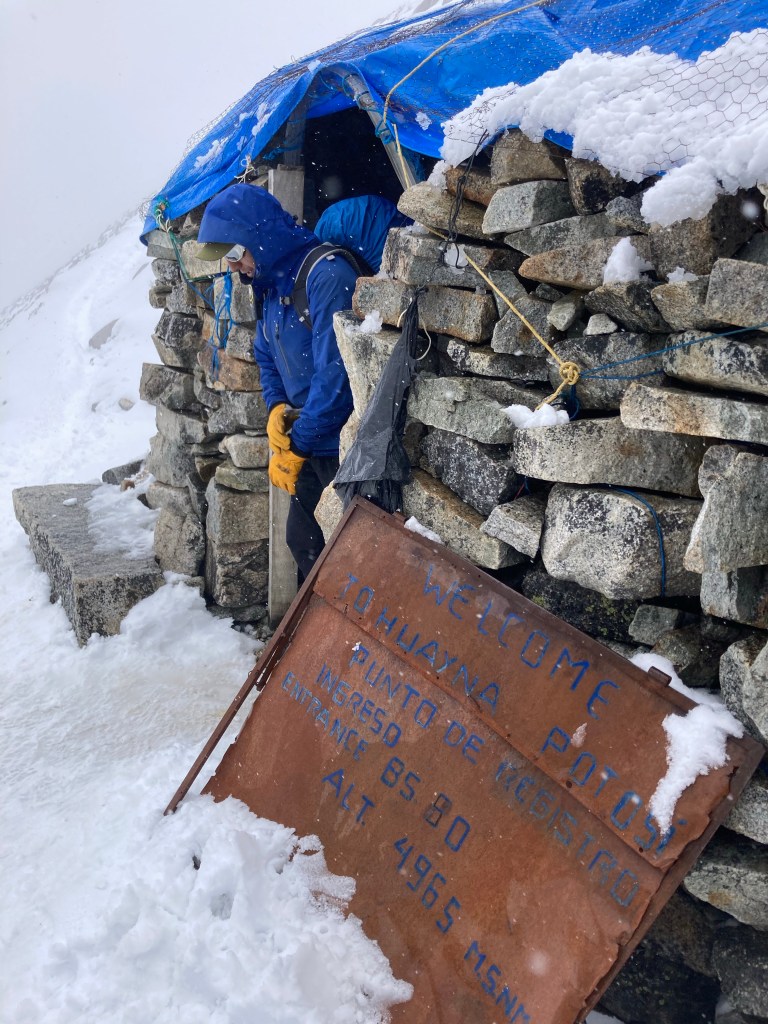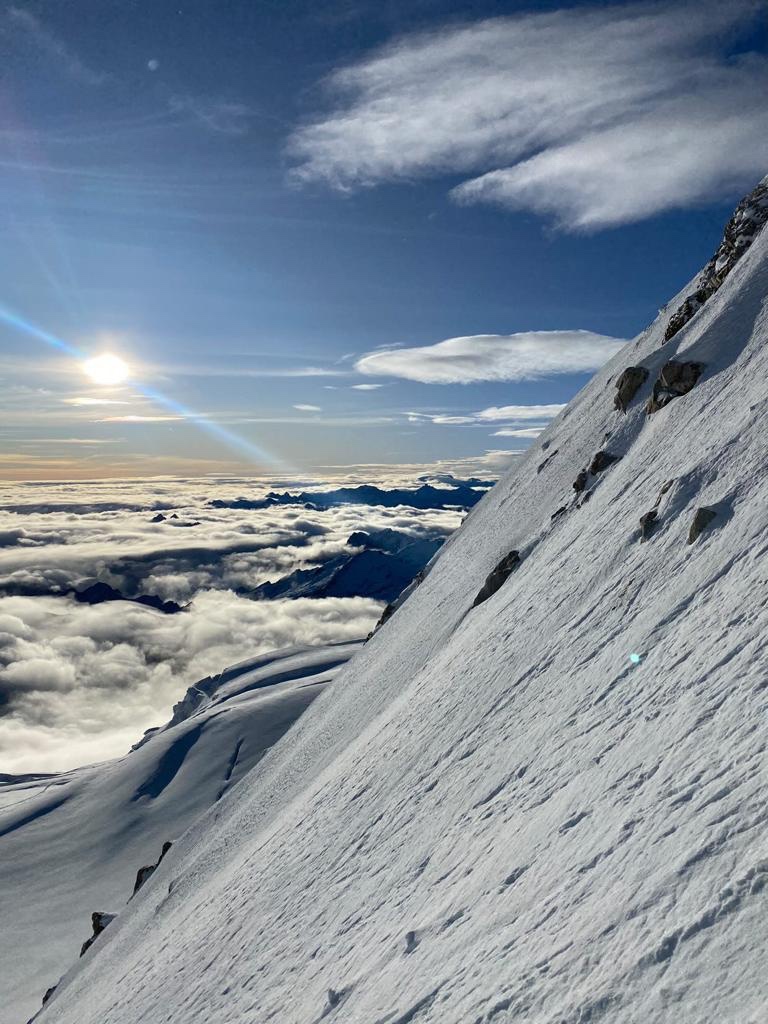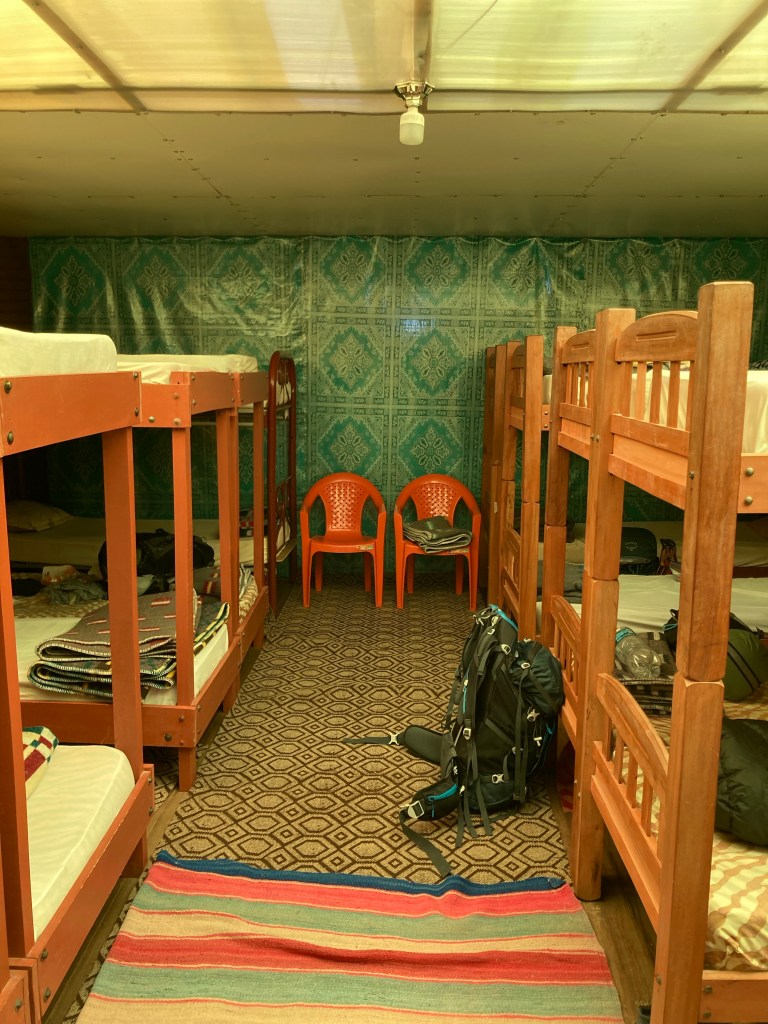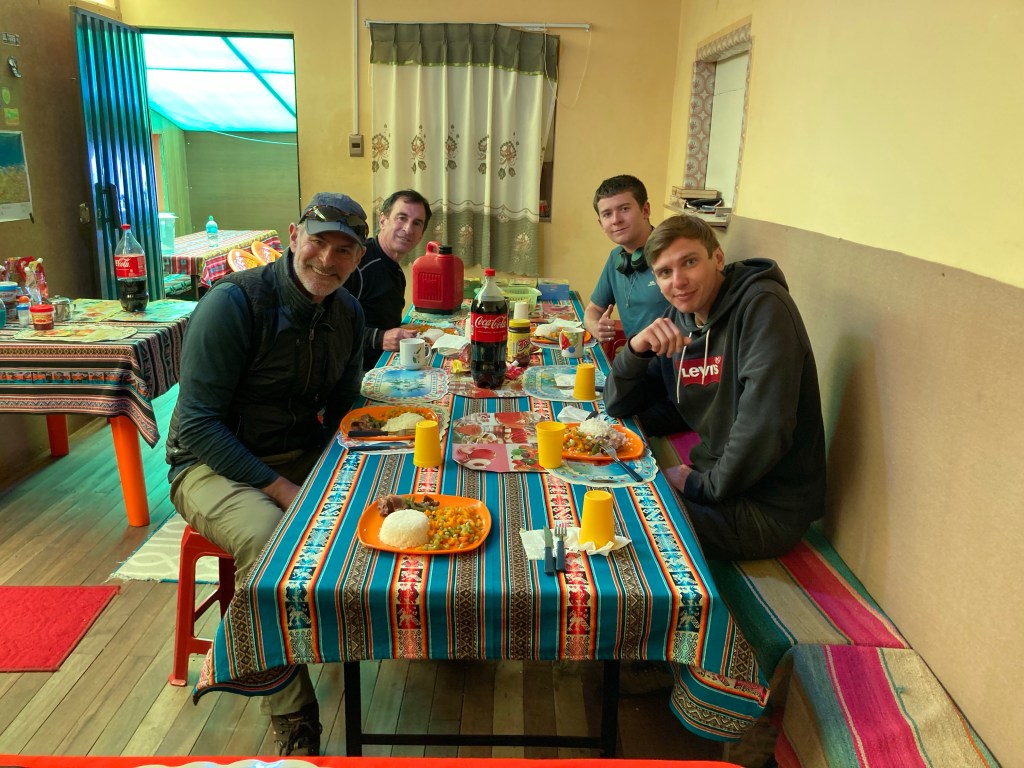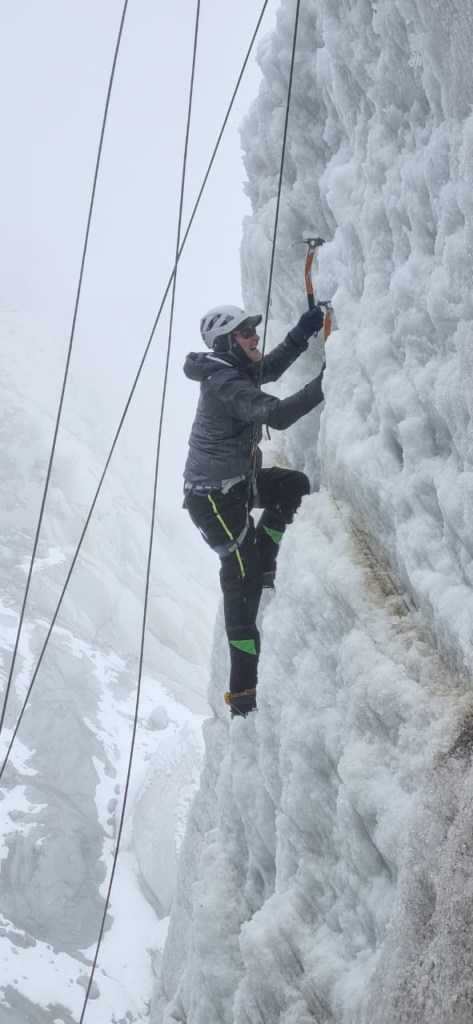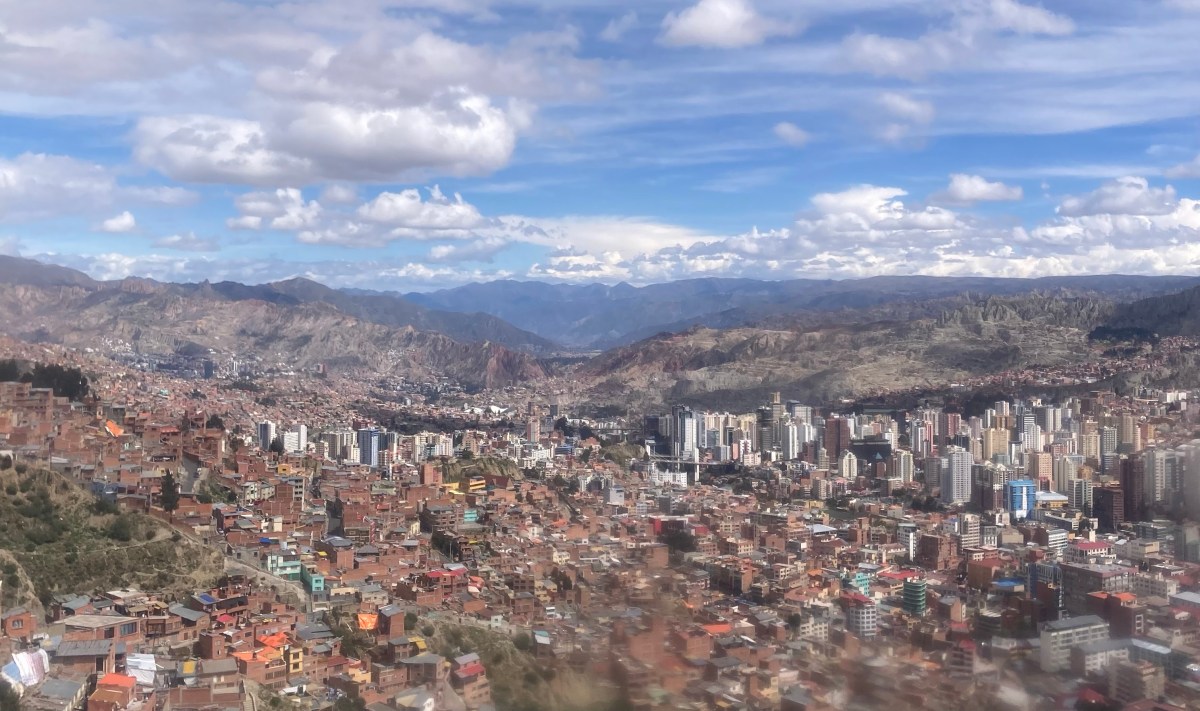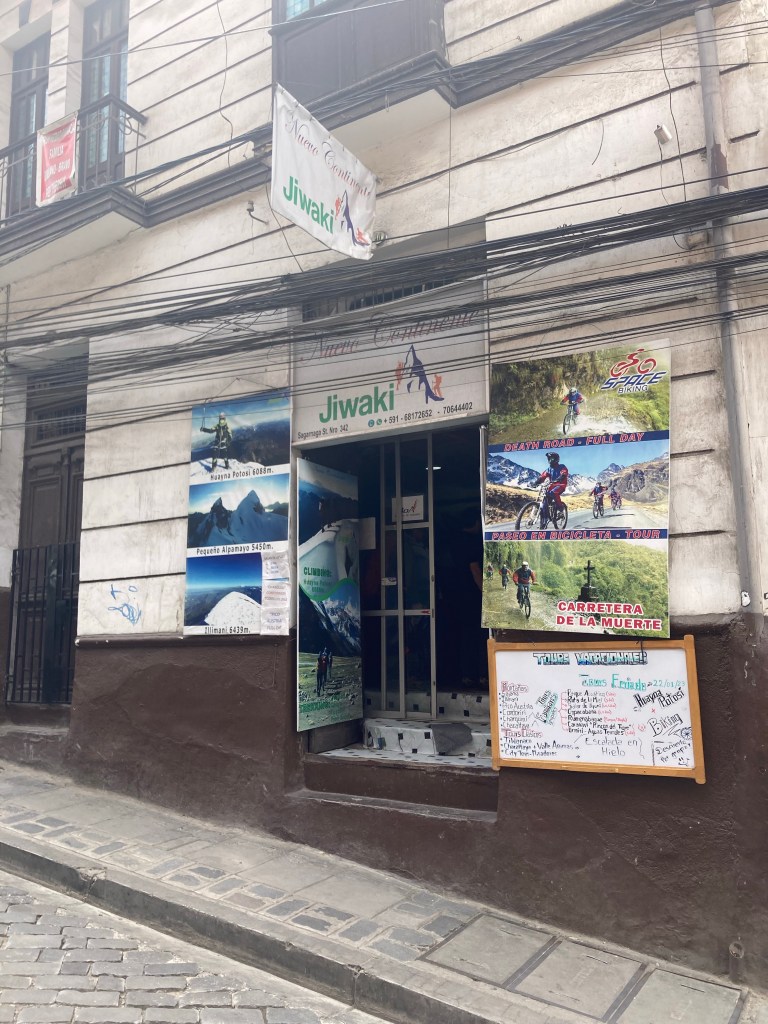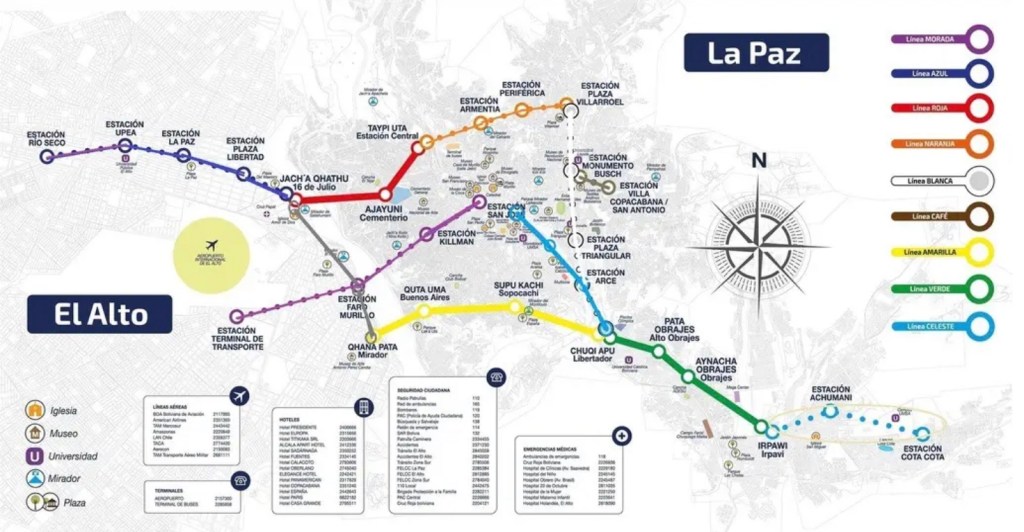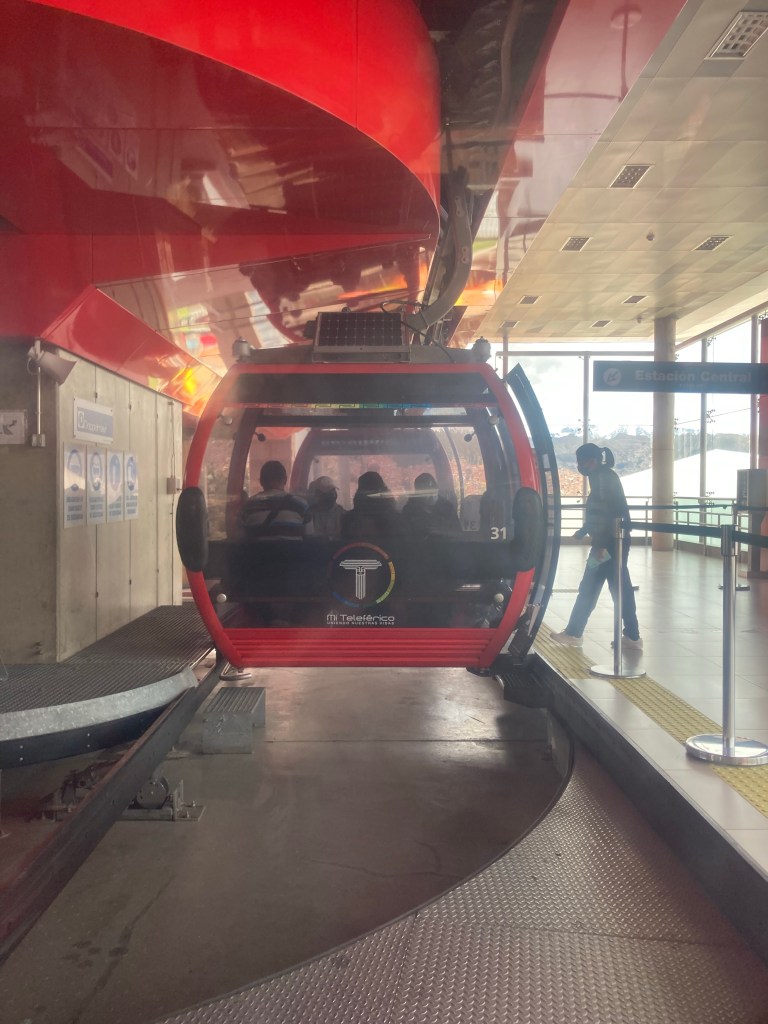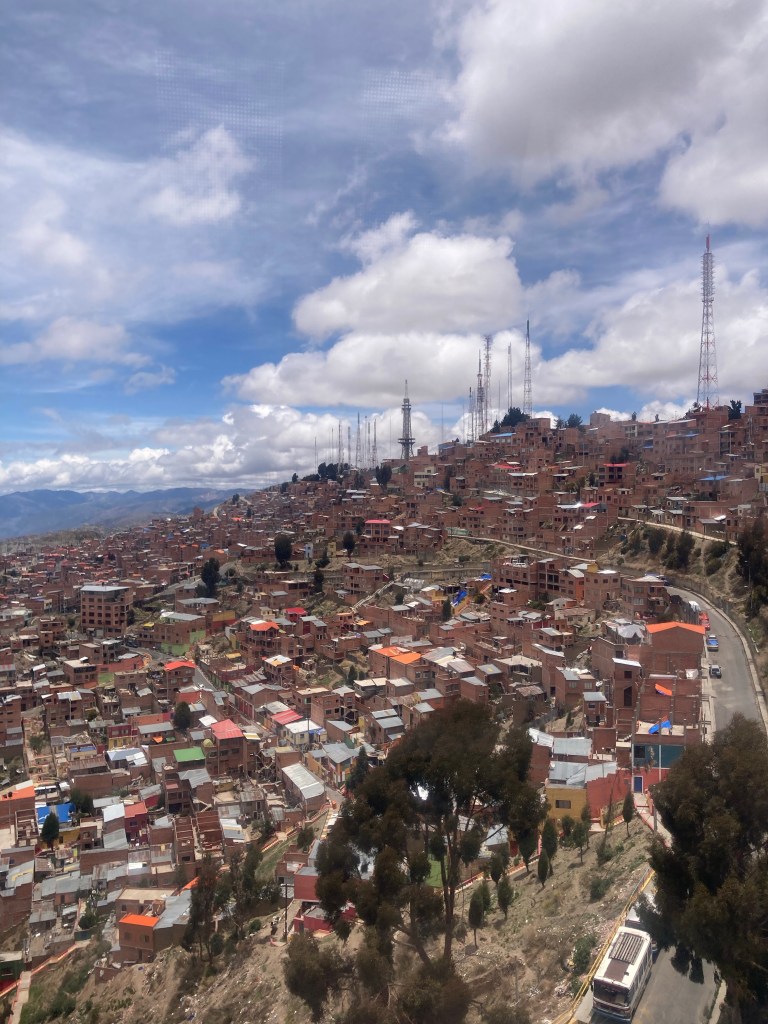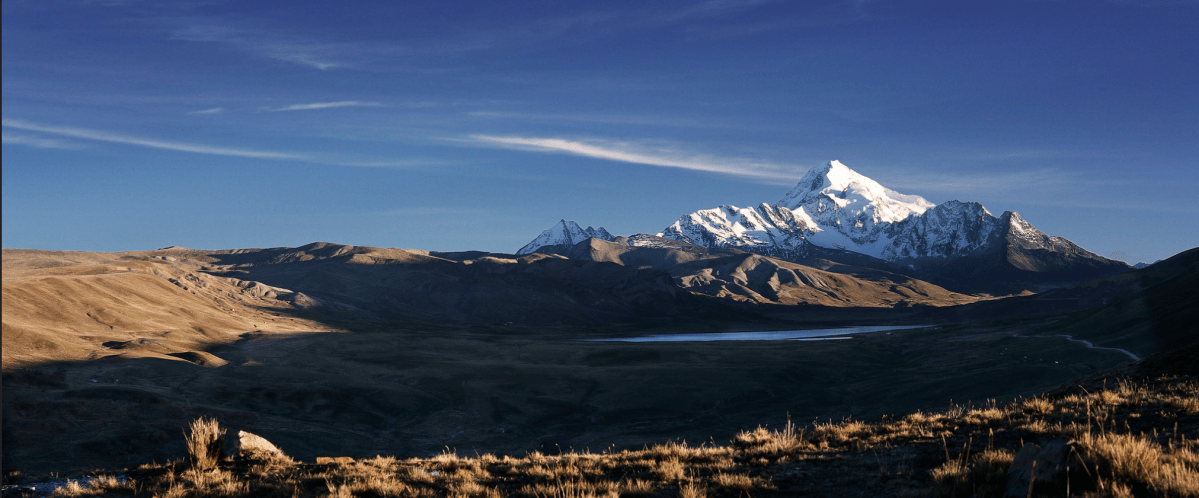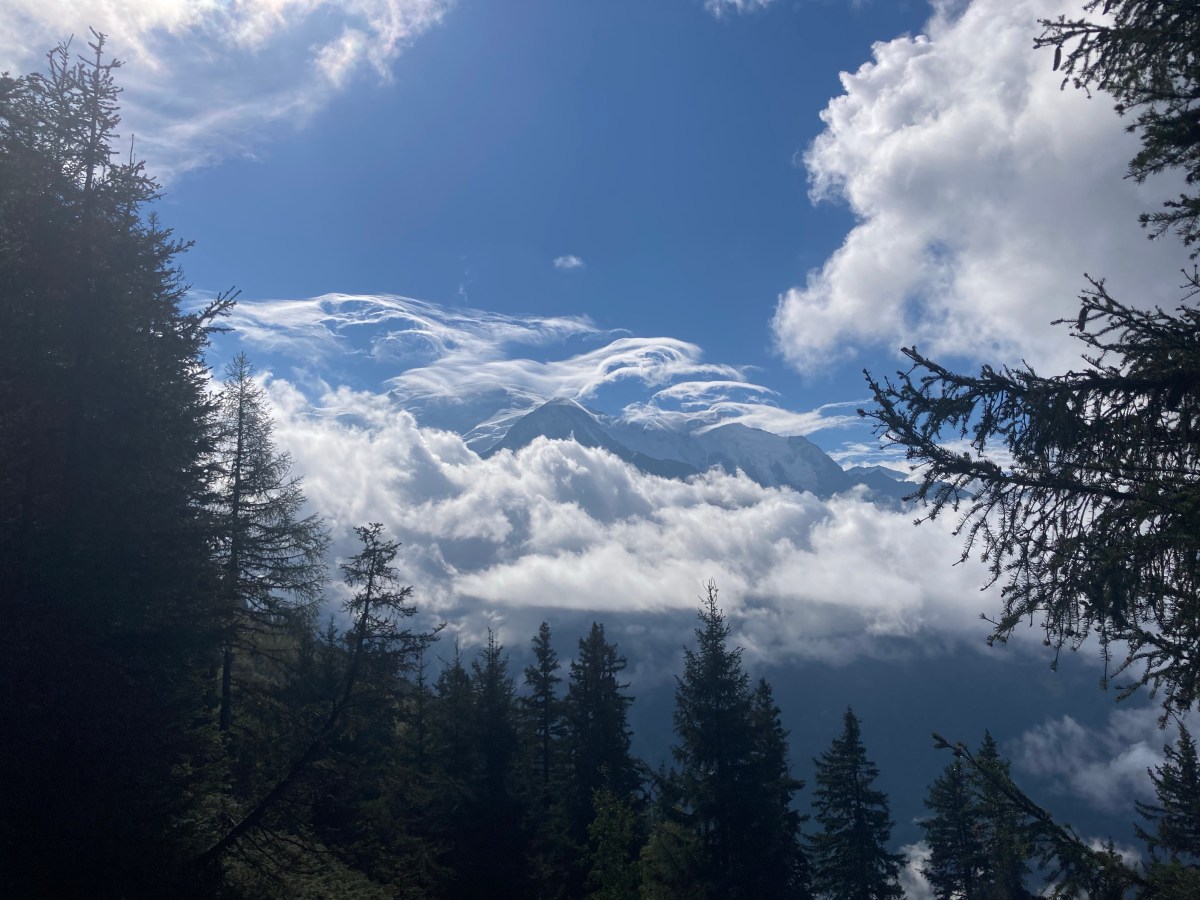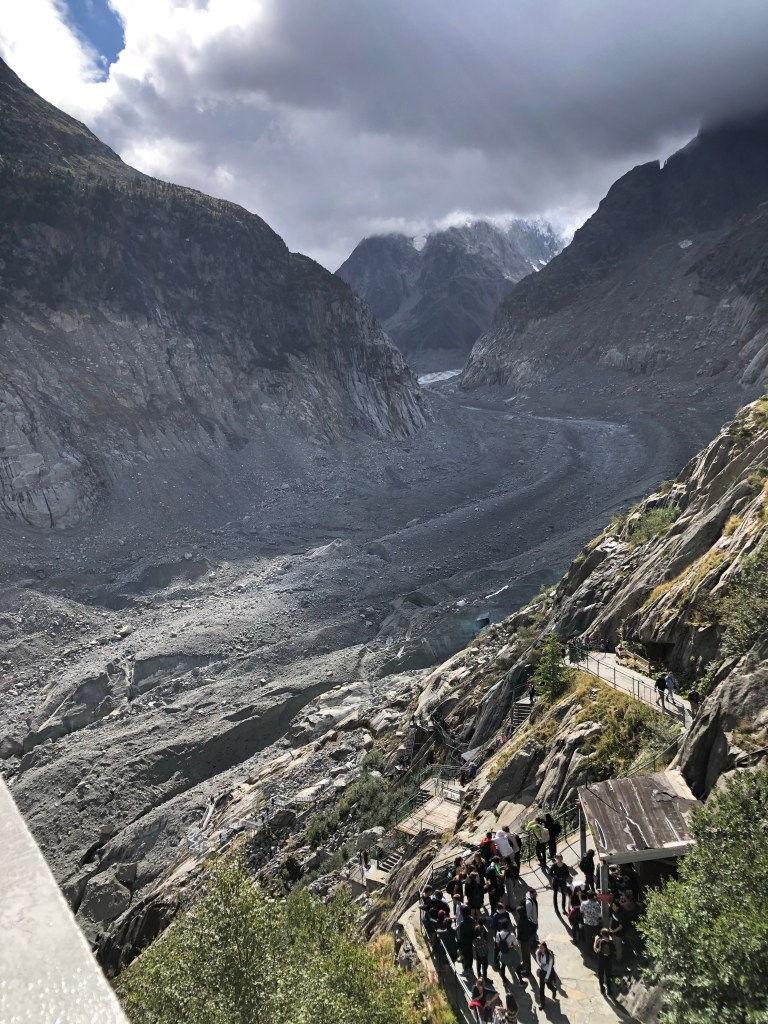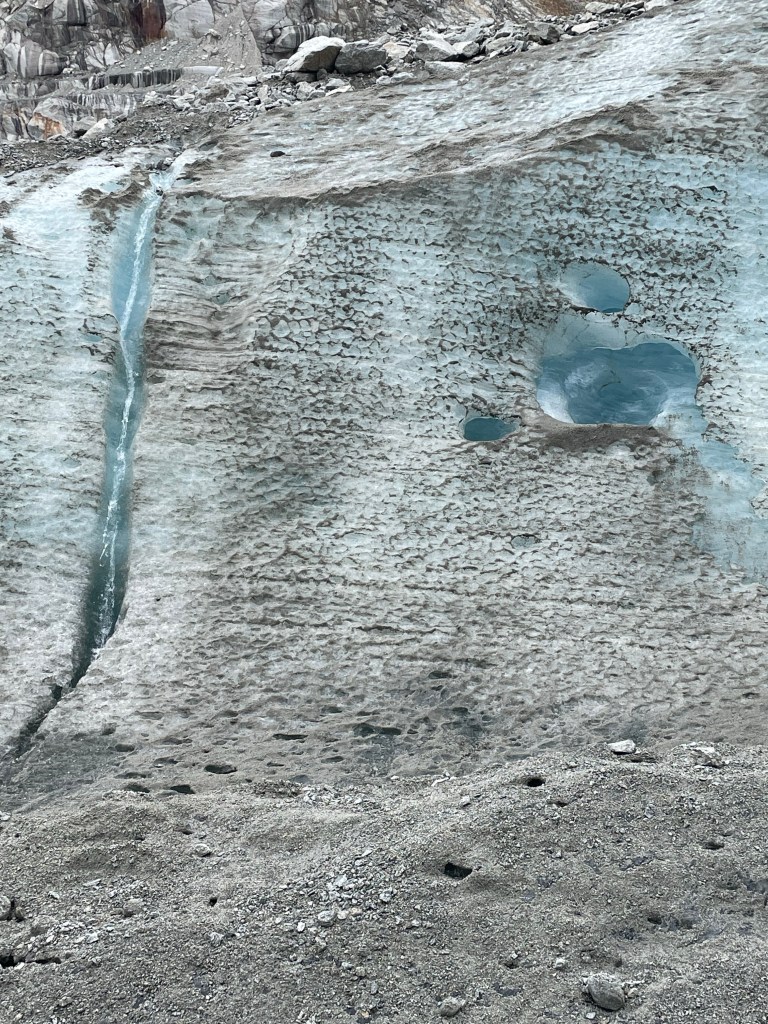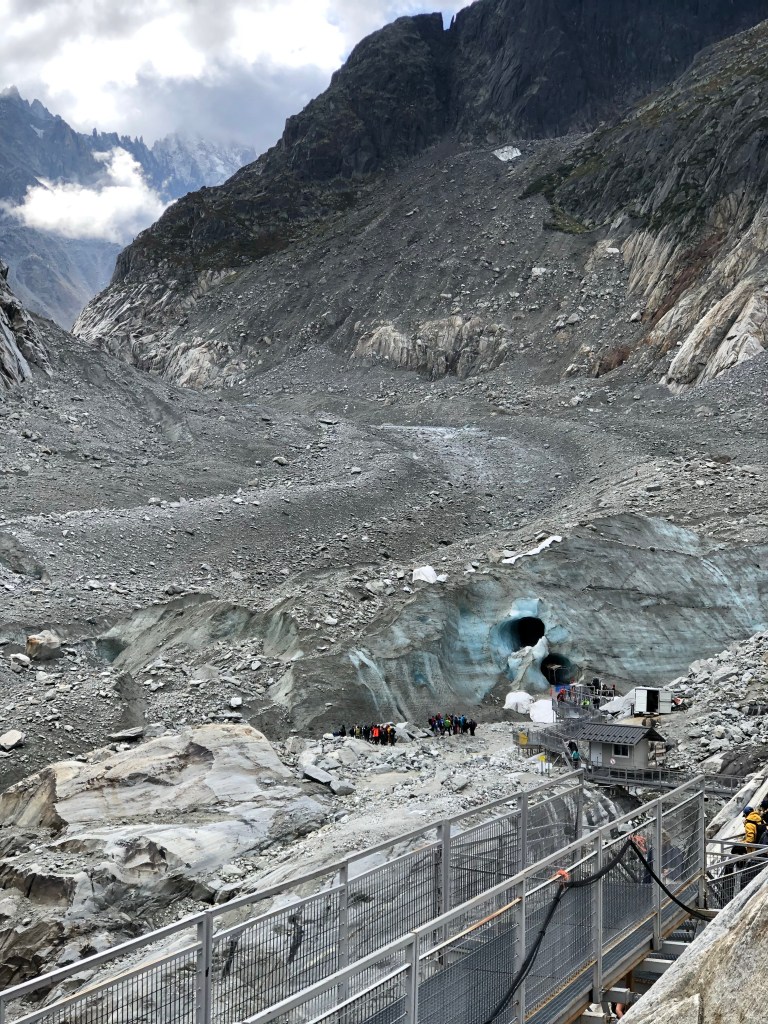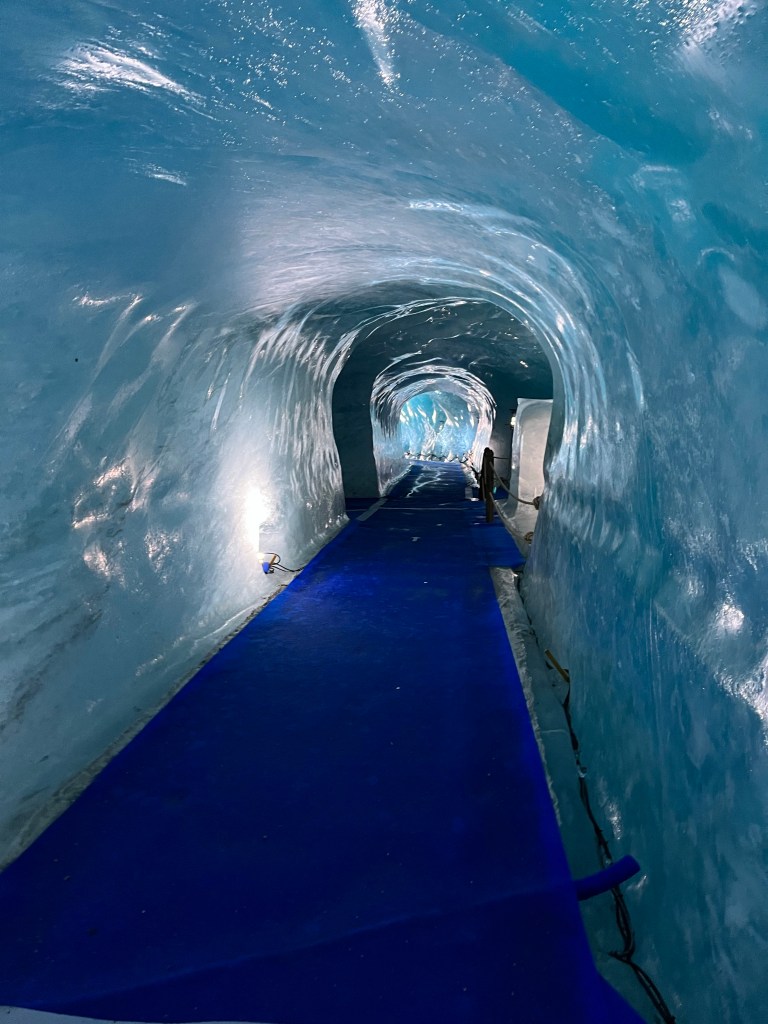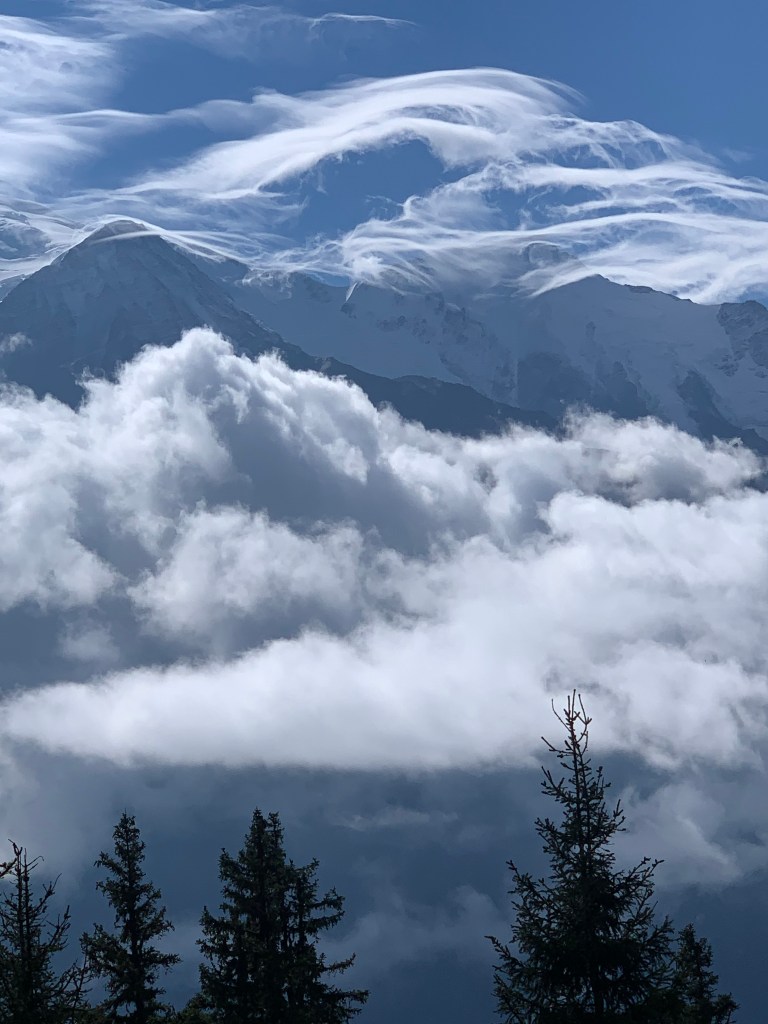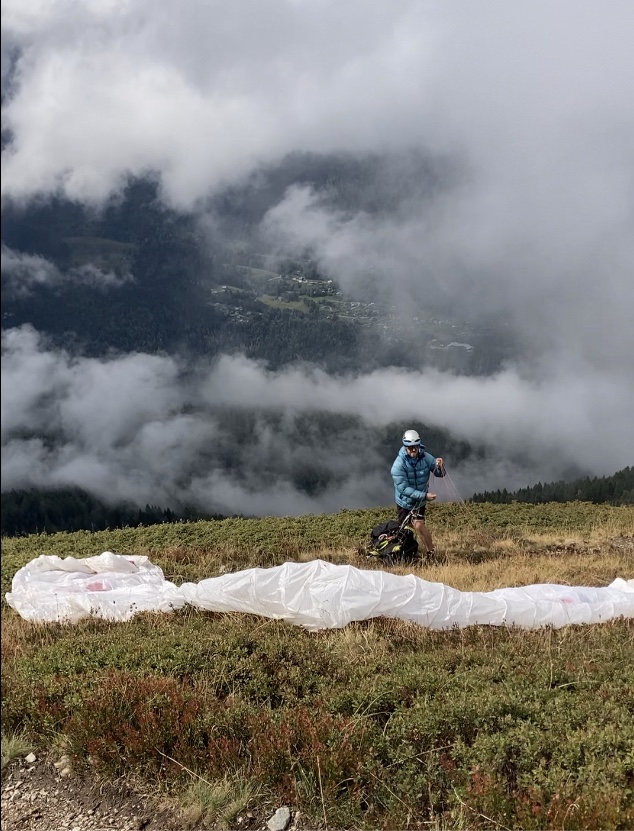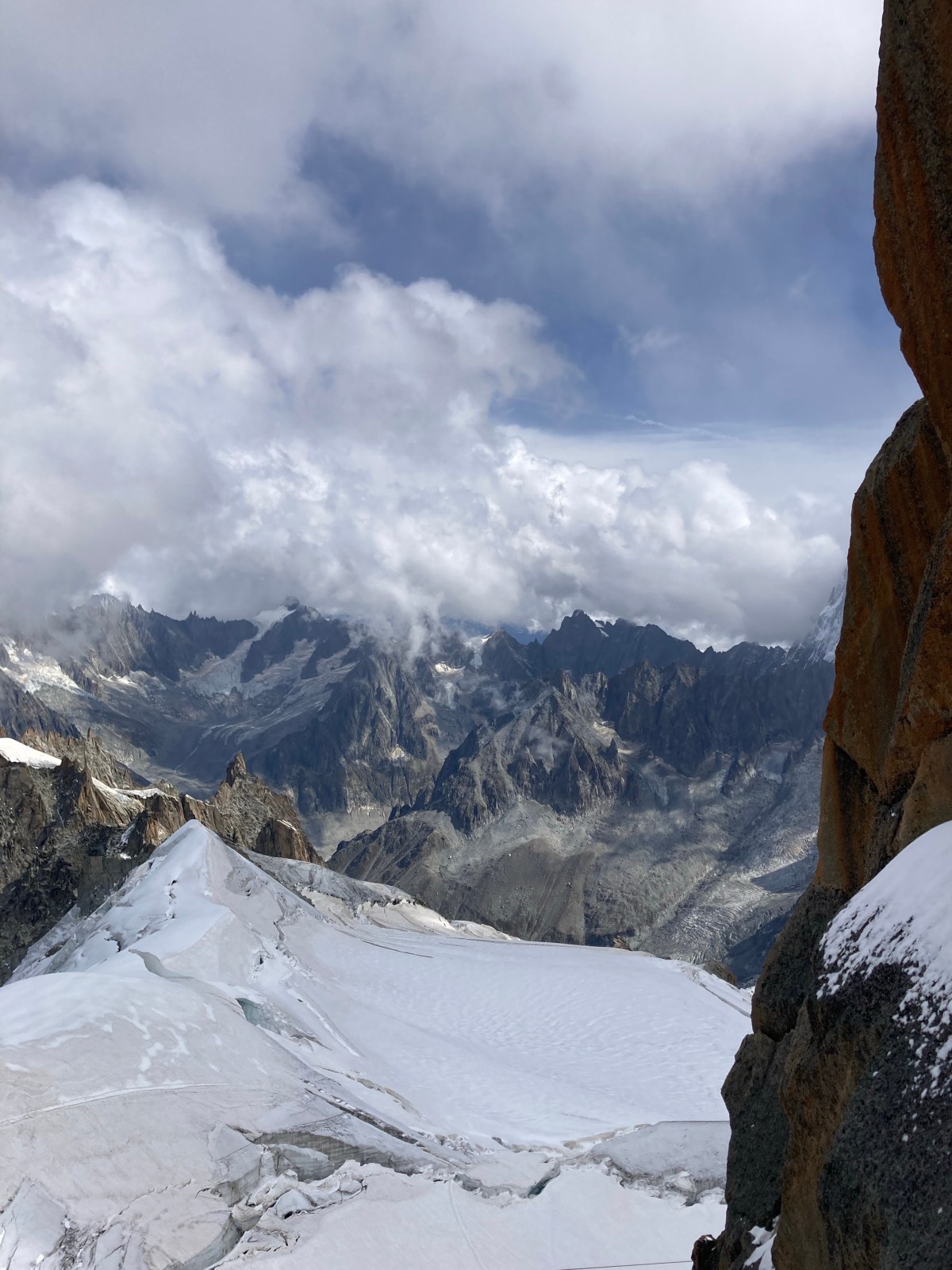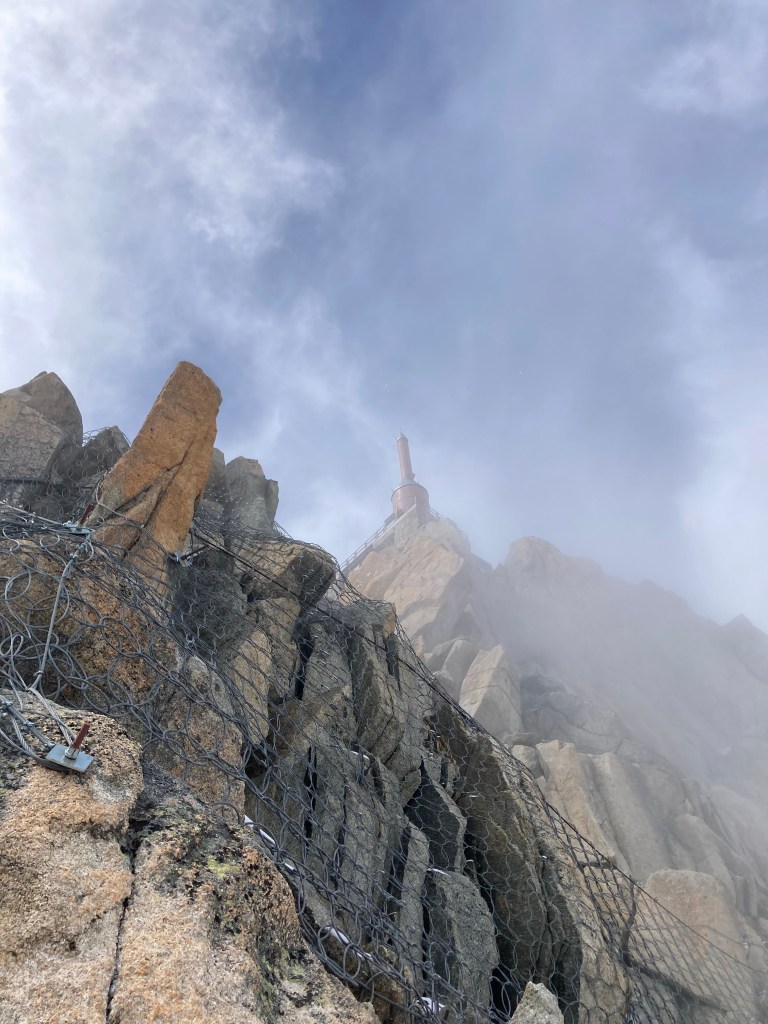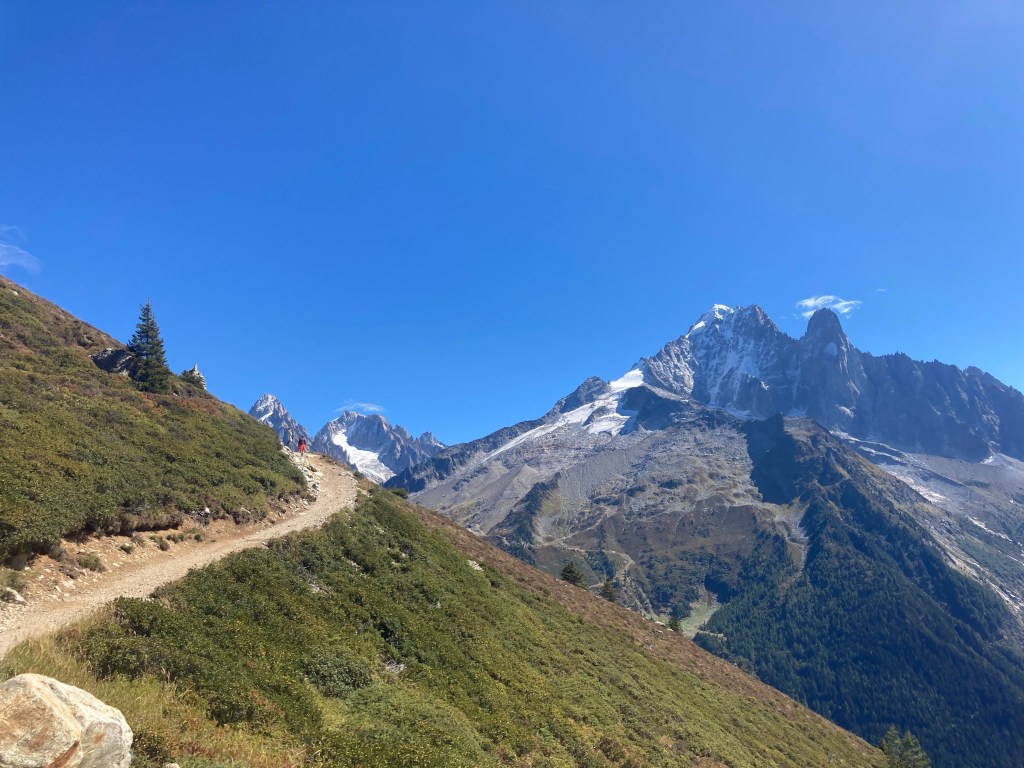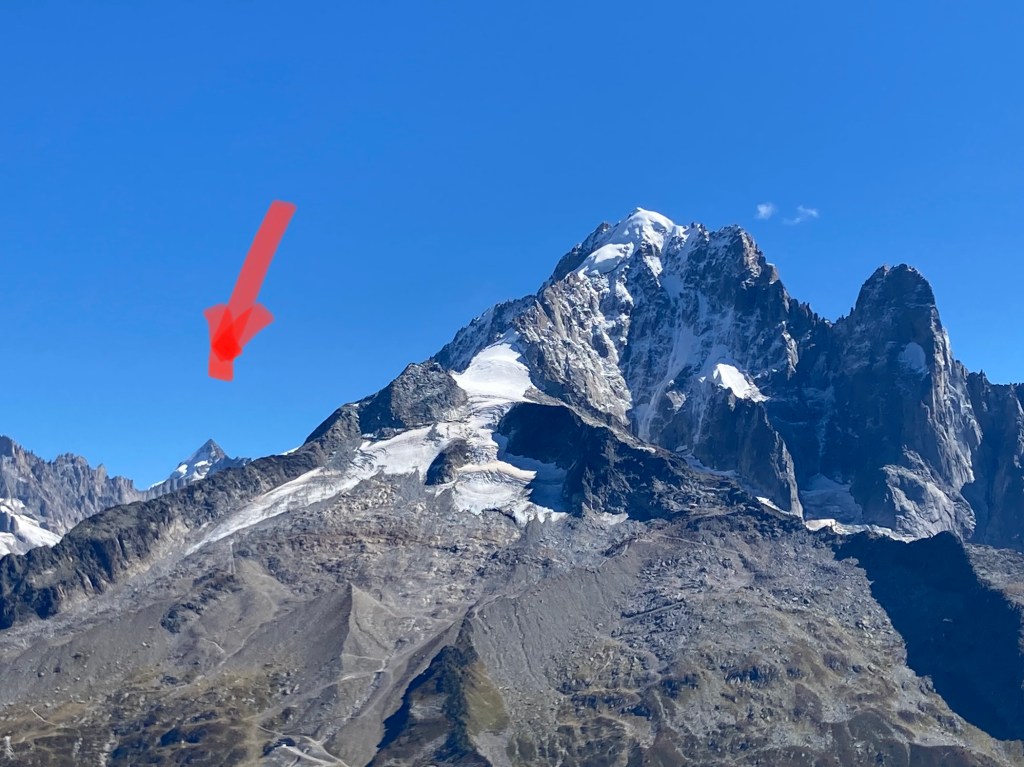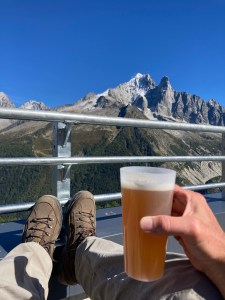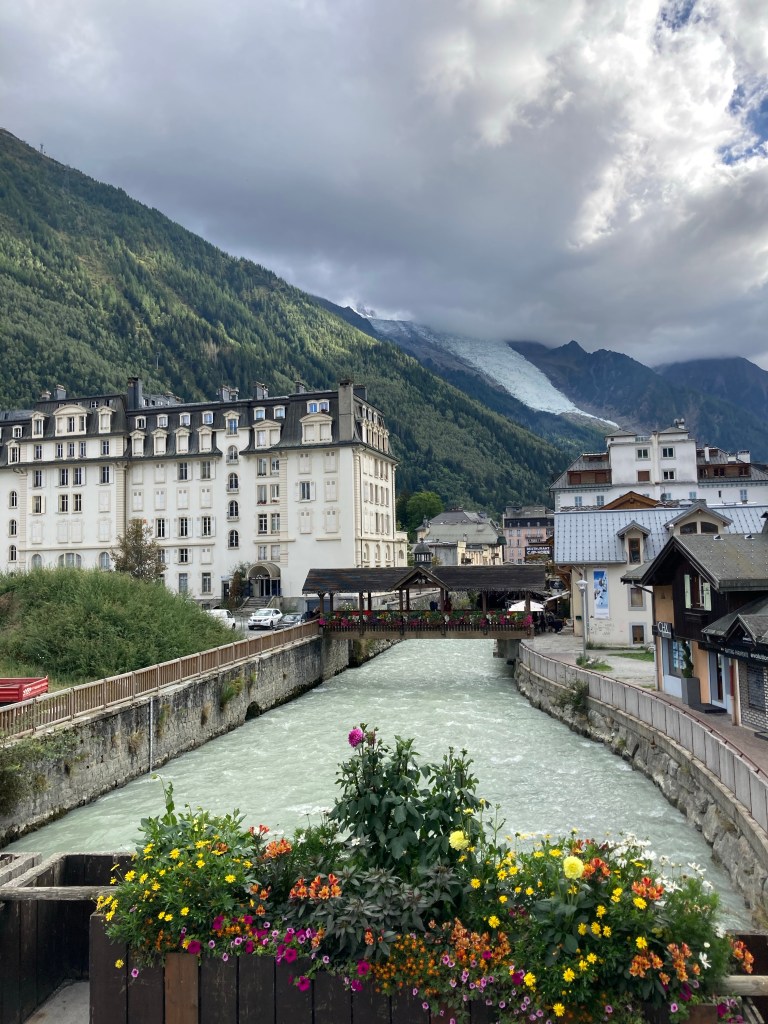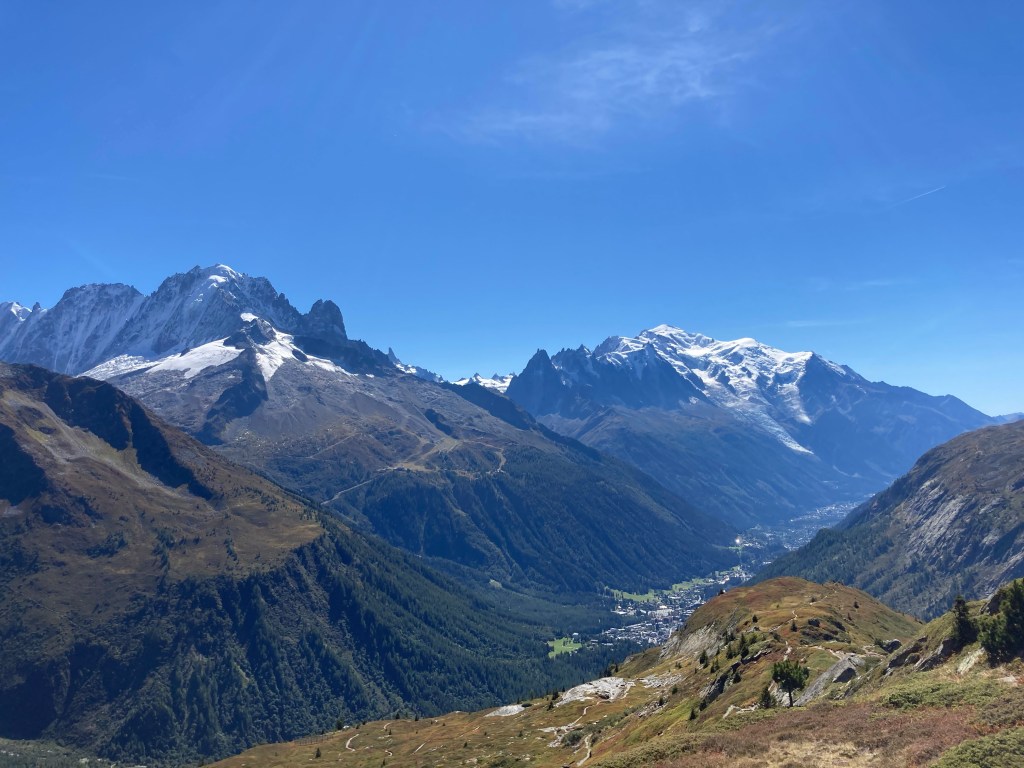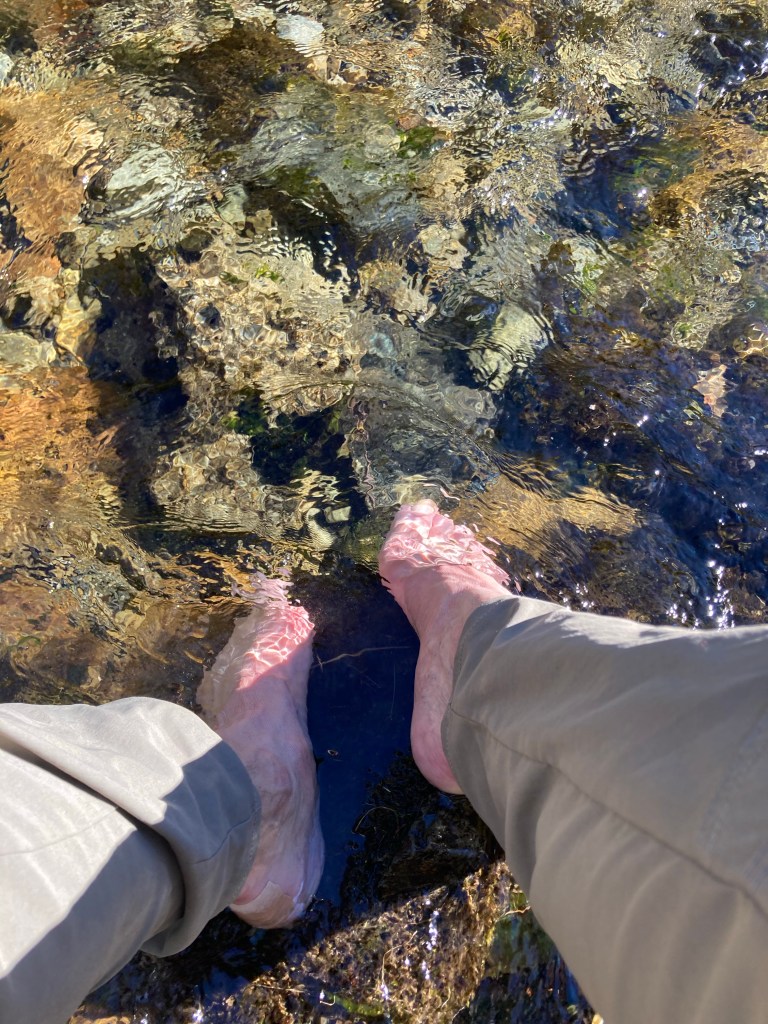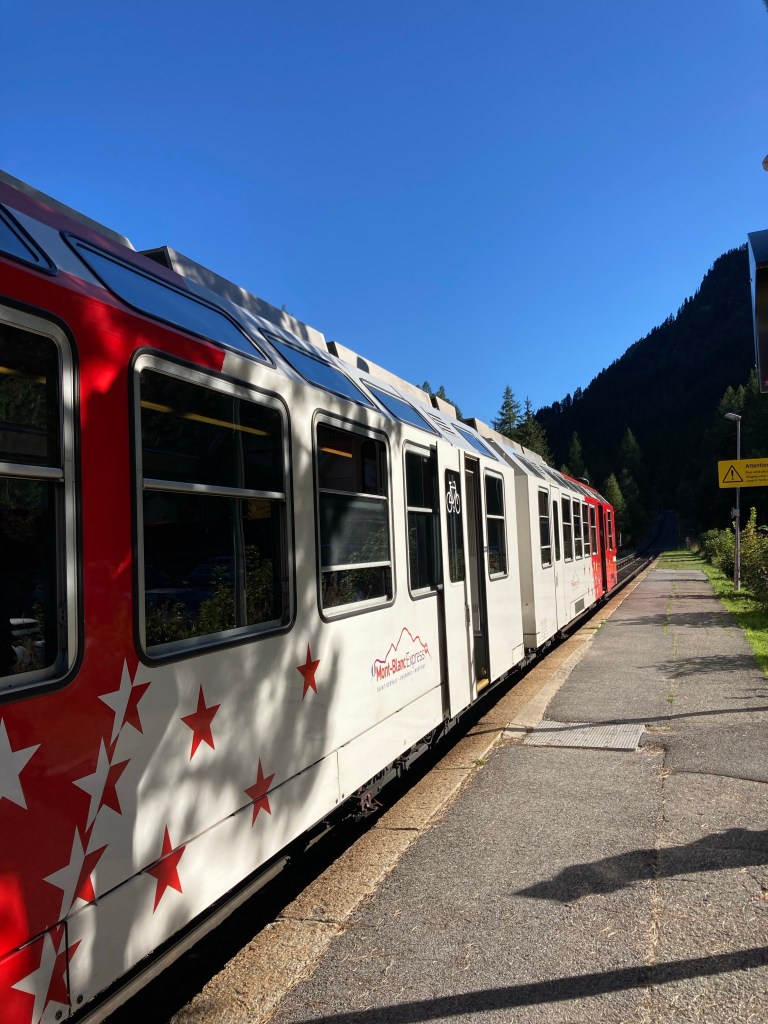At precisely 2:39 pm on August 21, 2017, the decision was made to travel to the next total solar eclipse that would transit across the United States nearly seven years later on April 8, 2024.
We witnessed the 2017 eclipse, dubbed “The Great American Eclipse,” from the grounds of a bed & breakfast in the small town of Cross Hill, South Carolina. For 2 min and 32 seconds the Sun was fully covered by the Moon, creating a rare and surreal moment that awed all who witnessed it with us. At that moment, we knew we’d want to see this celestial dance again.
The Science of an Eclipse
The phenomenon of a total solar eclipse is caused by the unique geometry of Earth’s moon to the Sun. It is unlikely that this phenomenon exists anywhere else in the universe due simply to the number of factors that must be in perfect symmetry for an eclipse to occur.
Eclipses occur due to the special coincidence of the Moon and the Sun being the same angular size. This occurs because the Sun is 400 times wider that the Moon, but it is also 400 times farther away, so they coincidentally appear to be the same size in our sky. (Ref: https://sunearthday.nasa.gov/2006/faq.php)
Even with this unique symmetry, there are three other conditions that must occur simultaneously for a total solar eclipse to occur:
1. Alignment: The Moon’s orbital plane must intersect the straight line from the Sun to the Earth. Since the Moon’s orbital plan is tilted 5 degrees, this occurs two times per month when the moon crosses the orbital nodes (called the ascending and descending nodes).
2. Moon Phase: A total eclipse can only happen during a new moon that coincides with an ascending or descending orbital node.
3. Distance: The Moon’s orbit is elliptical, so it must be at or near its perigee (orbital point closest to Earth) for the Moon to fully cover the Sun. If the Moon is at or near apogee (orbital point furthest from Earth), an annular eclipse is likely.
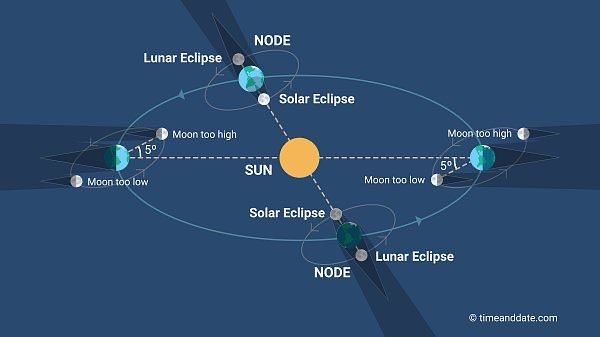

Hopefully my attempts to explain the science of the eclipse was helpful…
Back to the Story
Knowing that the 2024 eclipse would be easily accessible from our home in Virginia, we set about planning a trip that would put us somewhere on the “line of totality.” After a bit of map study, we settled on the vicinity of Cleveland, Ohio, ultimately choosing the small town of Lorain (about 30 miles west of Cleveland on the southern shore of Lake Erie) where the period of totality would last for 3 min 52 sec.
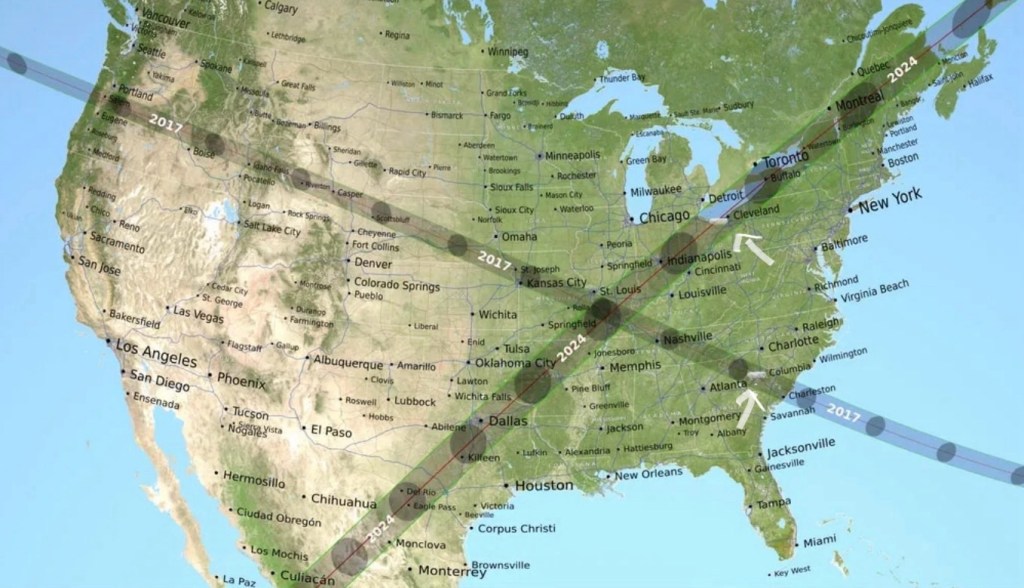


With the planning complete, all we could do was hope that the weather would cooperate. In the week leading up to our trip, the long range forecasts were calling for everything from rain to overcast conditions to partial clouds. We could only cross our fingers that as the date approached, the weather models would get more precise. Fortunately, as the day broke, the afternoon forecast couldn’t have been better… clear skies were expected!
Lorain is quintessential “small town America.” While eating lunch prior to the pending celestial show, we chatted with some friendly locals who were truly curious about how we selected to visit their town for our experience. Just as in 2017, the excitement all around was palpable. For an afternoon, our differences and preoccupations were forgotten and we bonded over the anticipation of an event so special that our innate human curiosity prevailed.
Since we were staying in a local hotel for the night after the eclipse, we could simply relax and enjoy the show, and not worry about the traffic jams that would inevitably occur when all the visitors to the region headed home at the conclusion of the eclipse. Our hotel, the Ariel Broadway Hotel, went all out to host a viewing party on the roof, so we joined about 300 other guests on the roof for the festive atmosphere as we awaited for the show to begin.
Donning our eclipse glasses,we looked skyward, fascinated as the Sun and Moon began to align in the bright afternoon sky. As the Moon began its slow transit across the face of the Sun, there was no discernible change is the brightness of the day. Only when we were nearing totality, when just a small sliver of the sun was visible, did the horizon appear to dim slightly and the remaining light seemed to become more flat or monochromatic.
Suddenly, at the moment of totality, we could no longer see anything thru the eclipse glasses. There was a noticeable drop in the air temperature, and we removed the glasses. Words and pictures really can’t adequately describe the astounding sight in the sky above, but I’ll try!…

…the perfect black circle of the moon was surrounded by the pure white brightness of the Sun’s corona (the outermost layer of the Sun’s atmosphere). Although the sky was dark, it wasn’t entirely black. Instead, I would describe it as a deep indigo blue canvas on which we could easily see some stars and planets. Additionally, even with the naked eye, we were able to see an orange spot at the edge of the moon, which turned out to be a prominence. I later learned that a prominence is a large plasma and magnetic field connected to the Sun’s surface that can extend 200,000 miles into the solar corona.
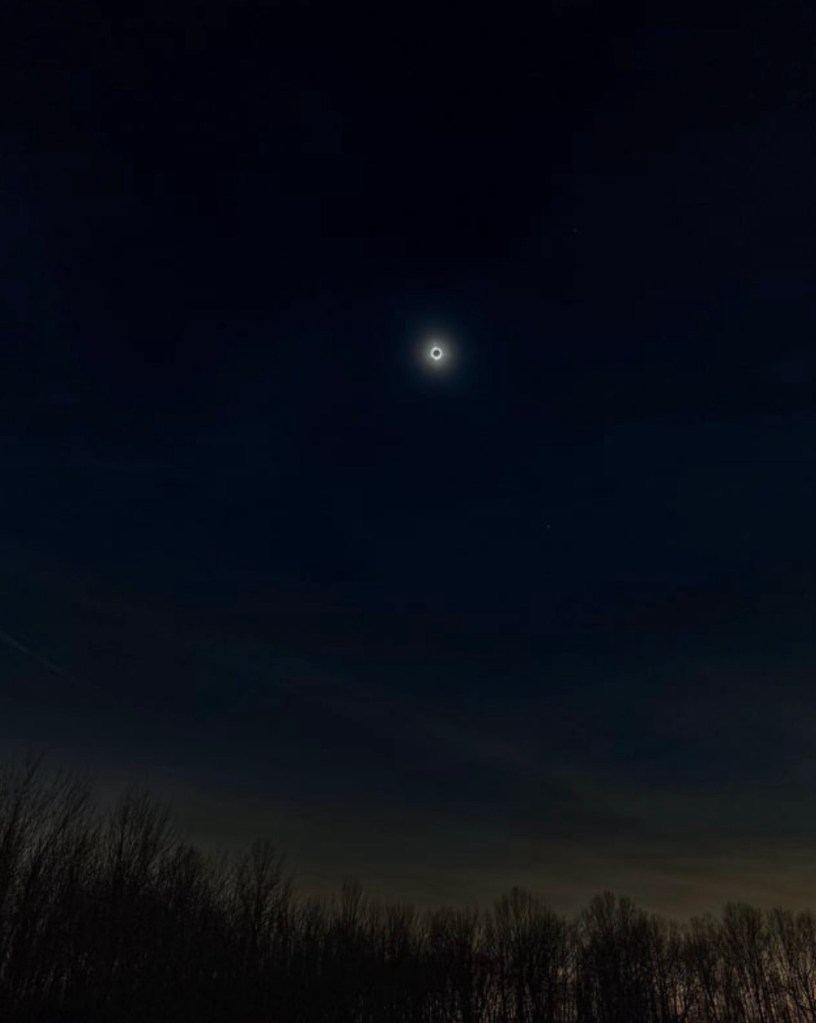
Even though the period of totality was going to last for 3 min 52 sec, we were reluctant to look away, knowing that the opportunity was fleeting… and rare. Regardless, we took a brief peak at the horizon to see the sensation of what appears to be a 360 degree sunset. The sunset effect is caused by the 170 mi wide moon shadow (umbra) as it moves across surface of the Earth.

The difference between a total solar eclipse and a partial eclipse is literally and figuratively like night and day. If you ever have the opportunity to witness a total eclipse, I strongly encourage you to do it. Put it on the calendar, take the time and make it happen. You won’t regret it! I am hoping my kids and grandkids (when they come) take me to the next eclipse that will transit across the U.S. on August 12, 2045.



